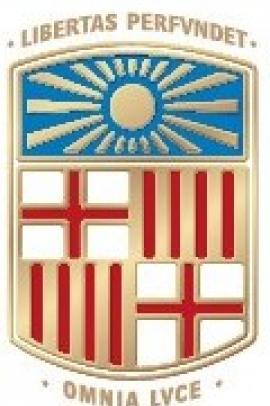Book info: From the Renaissance through to the nineteenth century, translation was a regular part of the teaching of foreign languages, alongside spoken and picture-based activities. It then became a key part in the inductive teaching of grammar under Prussian New Humanism. Translation was nevertheless challenged by Romantic pedagogies that sought to imitate the “natural” learning process of the young child, and then more significantly by language teachers who had migrated to the United States and wanted to reproduce their own experience of immersion. A method like Berlitz's, dating from the end of the nineteenth century, radically shunned translation. Translation nevertheless maintained a key role in Eastern Europe and Asia throughout the twentieth century, and is increasingly advocated by new generations of teachers and scholars. There is little empirical evidence that judicious use of communicative translation has a negative effect on language learning, although a certain lack of research can be attributed to the little attention that translation scholars paid to language education in the decades when translation studies was becoming an independent discipline. Source: https://www.taylorfrancis.com/books/e/9781315692845/chapters/10.4324/9781315692845-26
Complete reference: Pym, A.; Ayvazyan, N. (2018). “Linguistics, translation and interpreting in foreign-language teaching contexts.” In Malmkjær, K. (Ed.) The Routledge handbook of translation and linguistics [pp. 393-407]. London and New York: Routledge.








